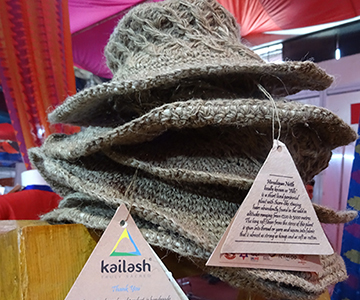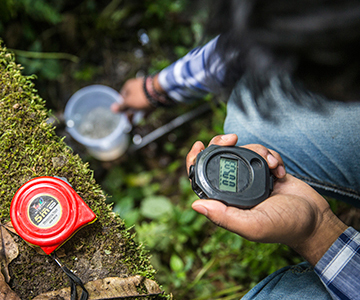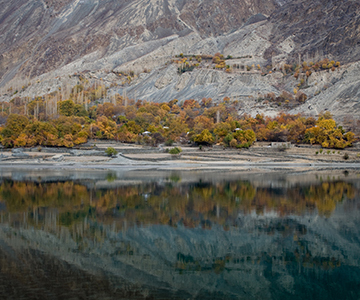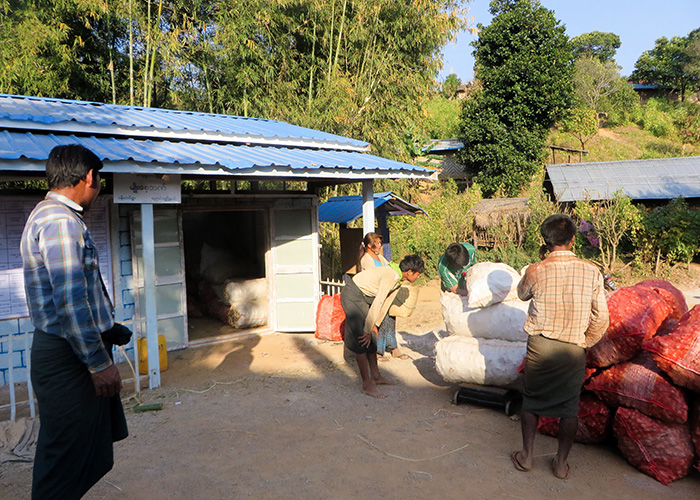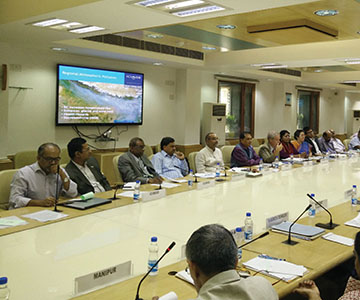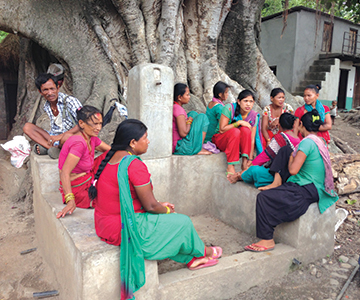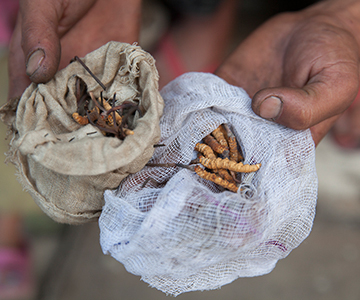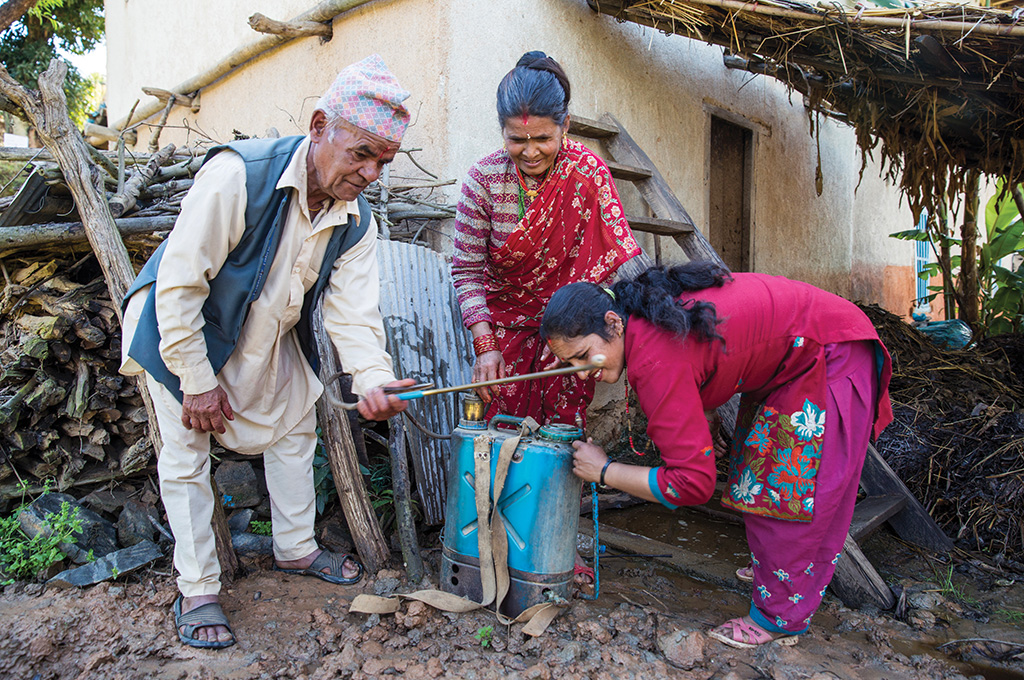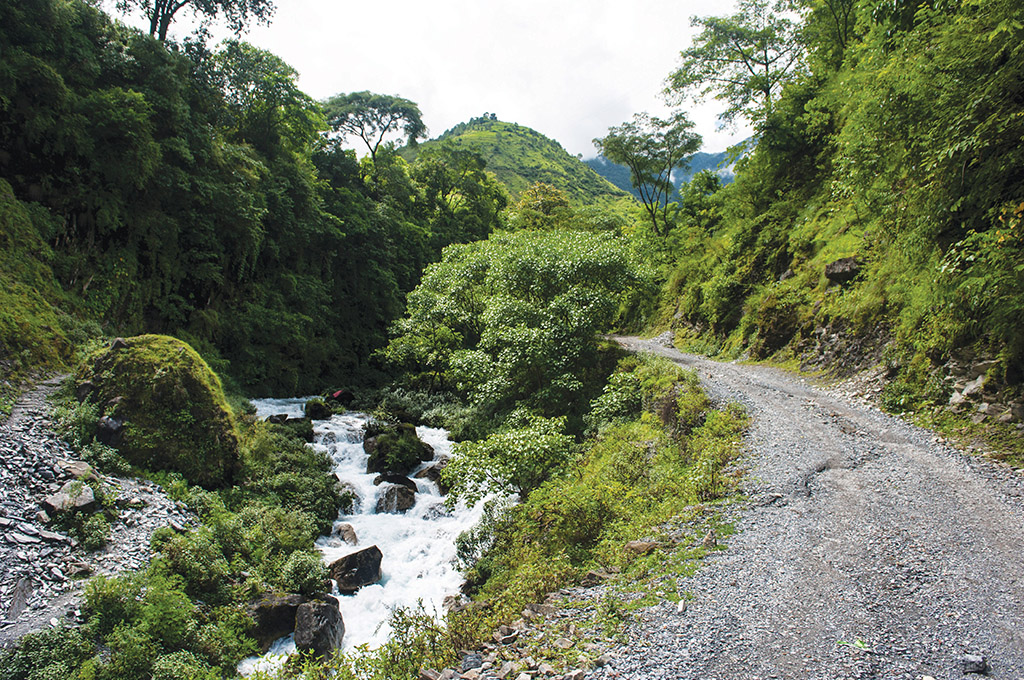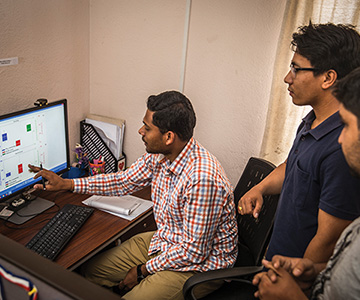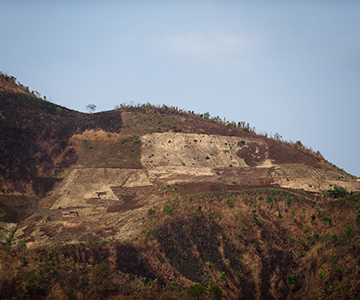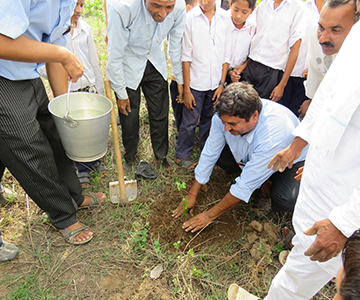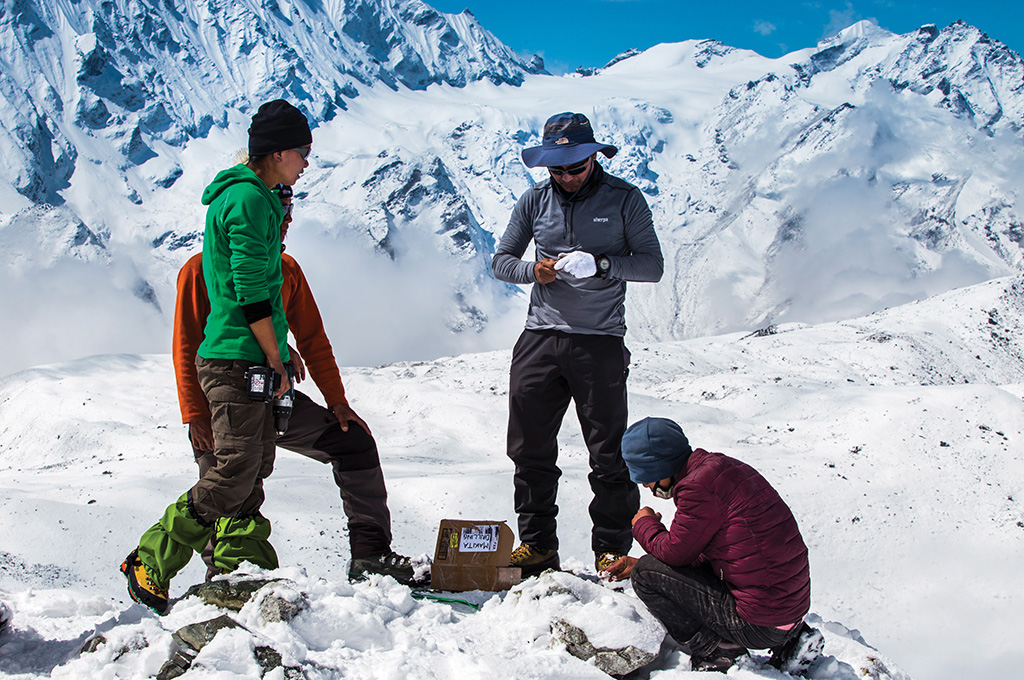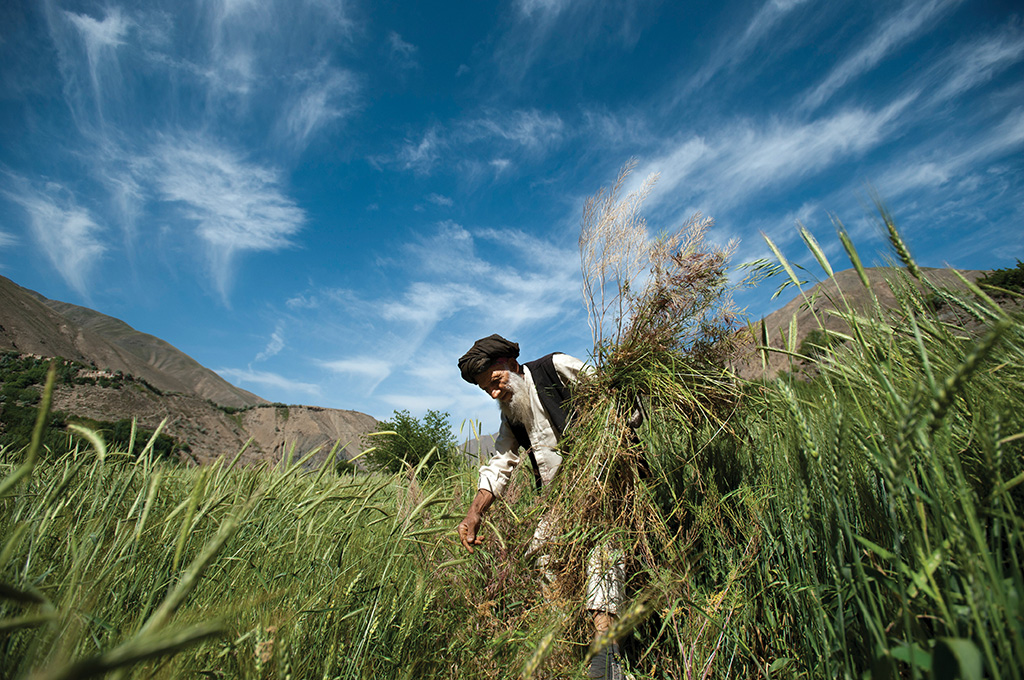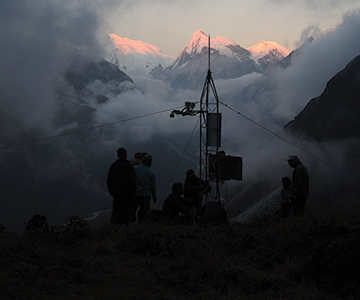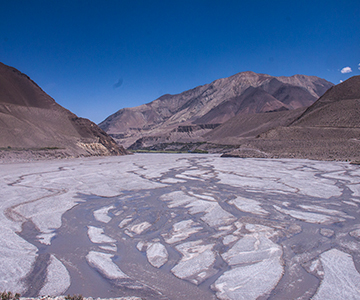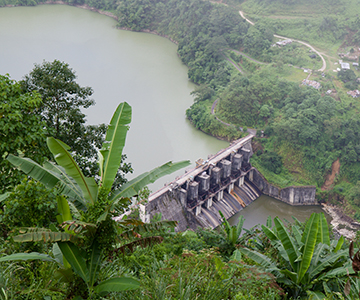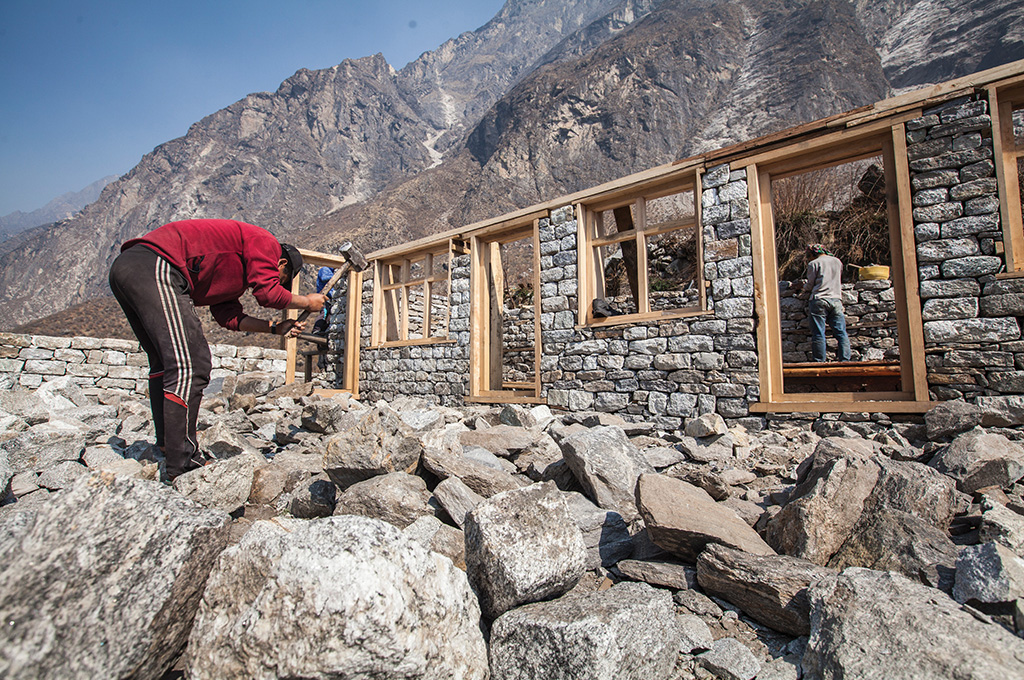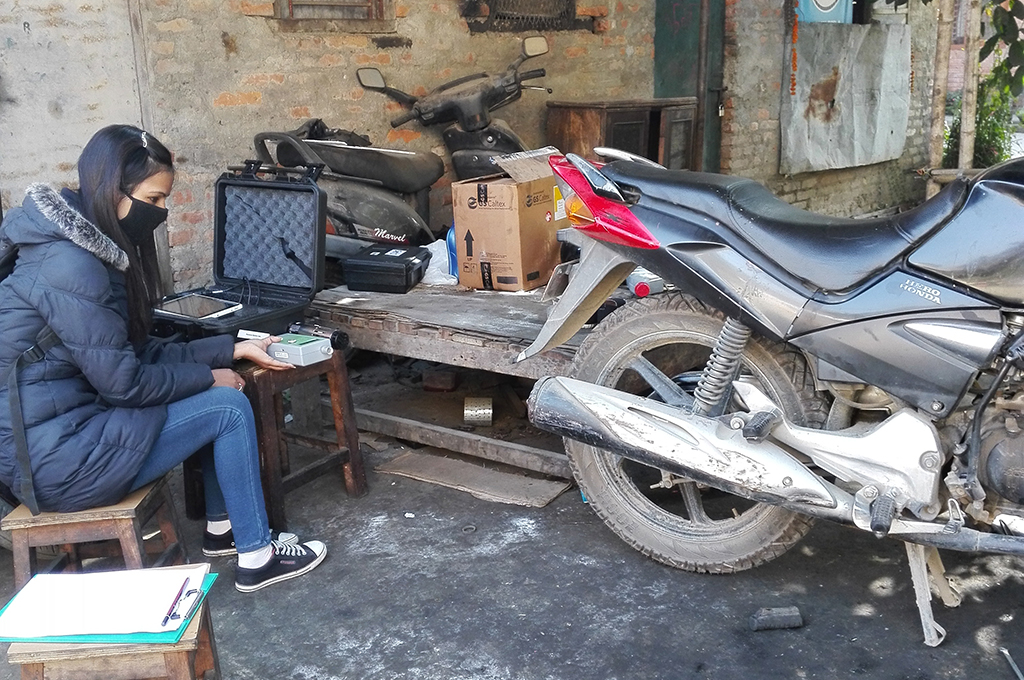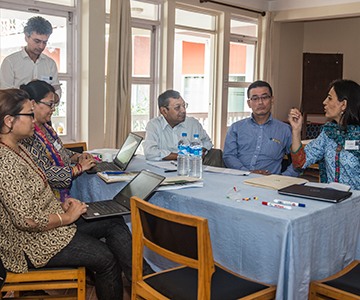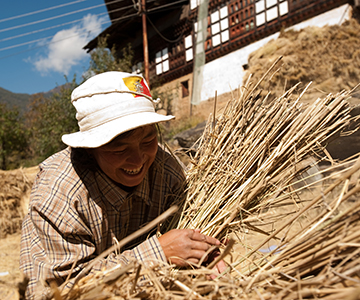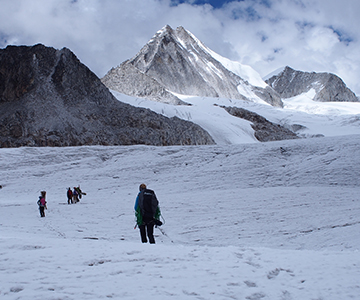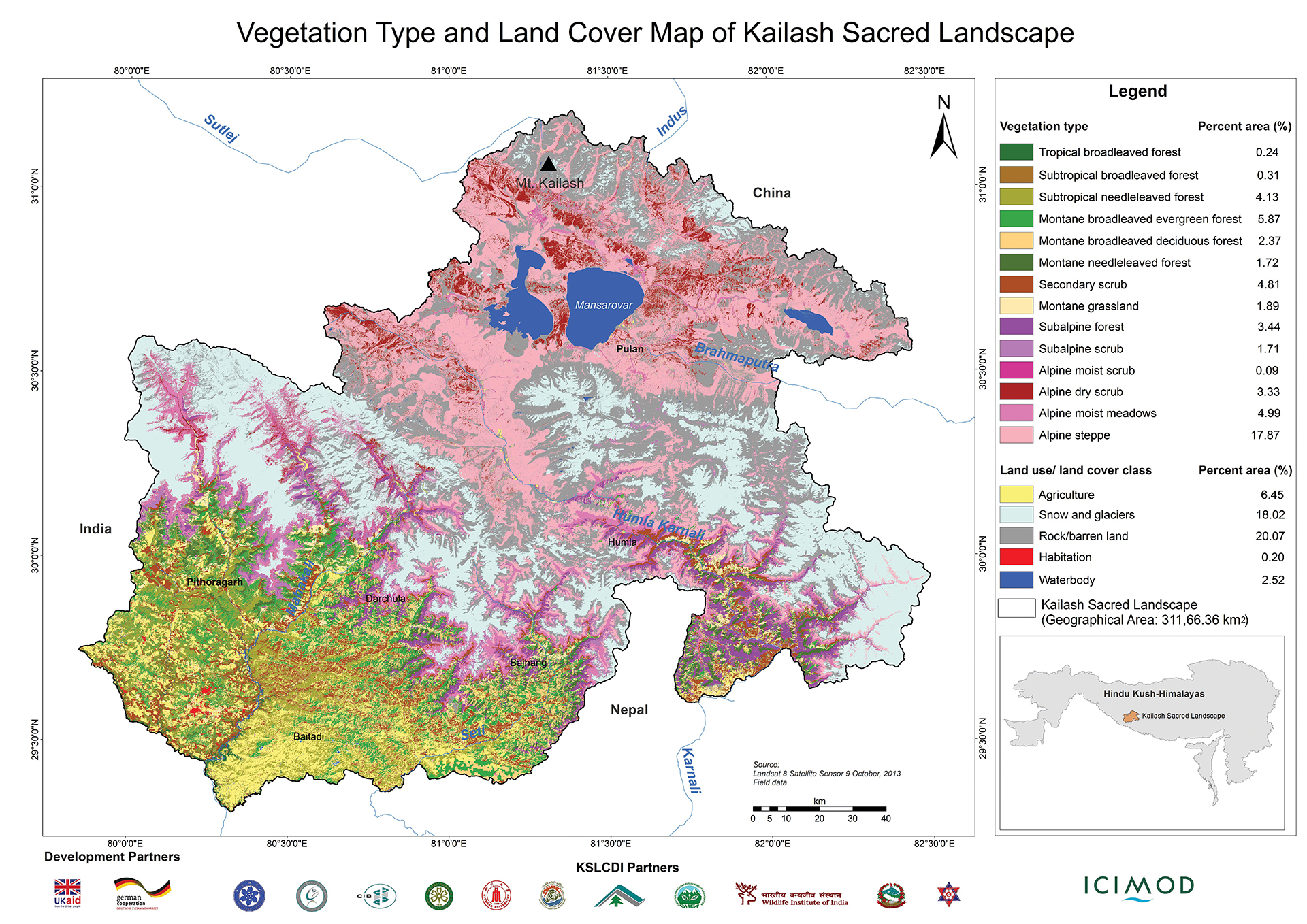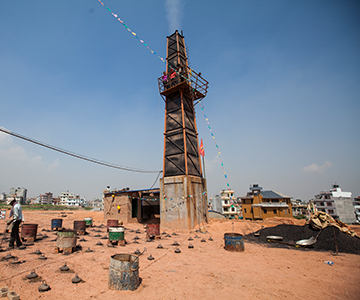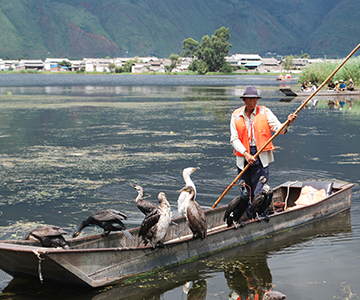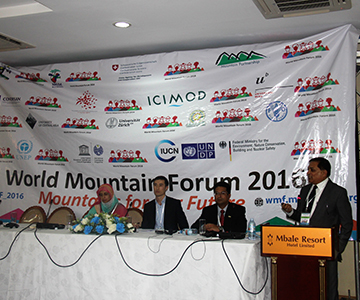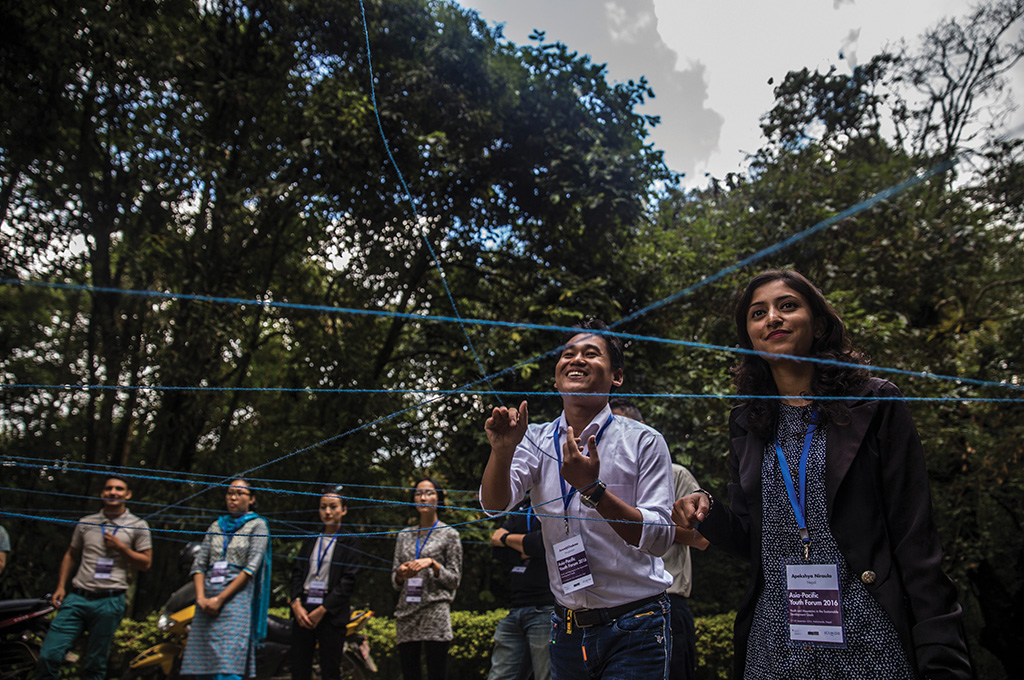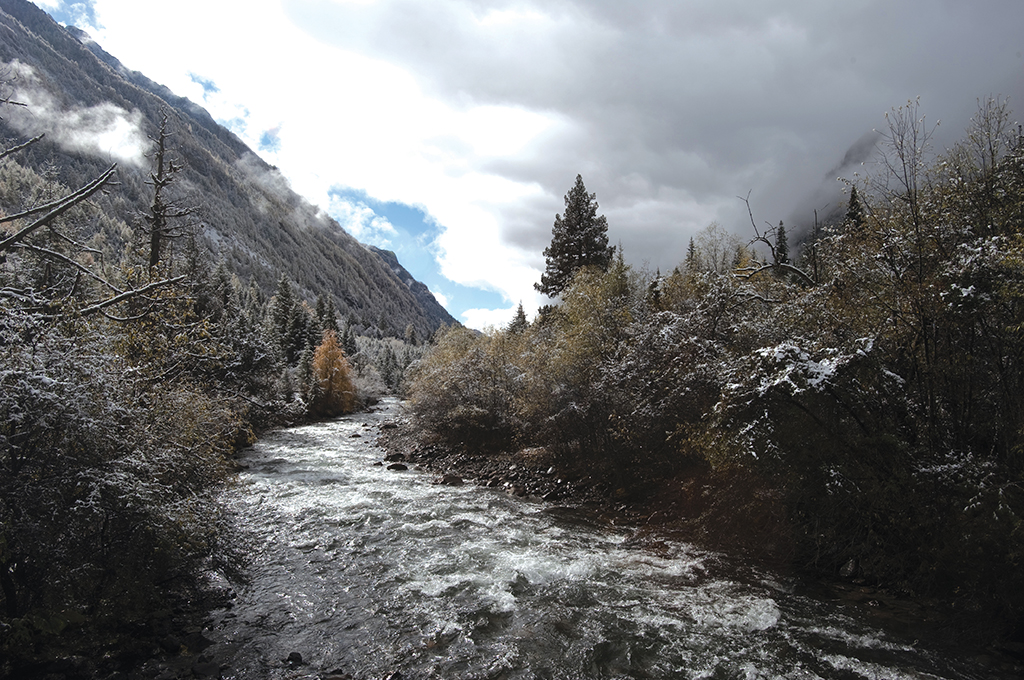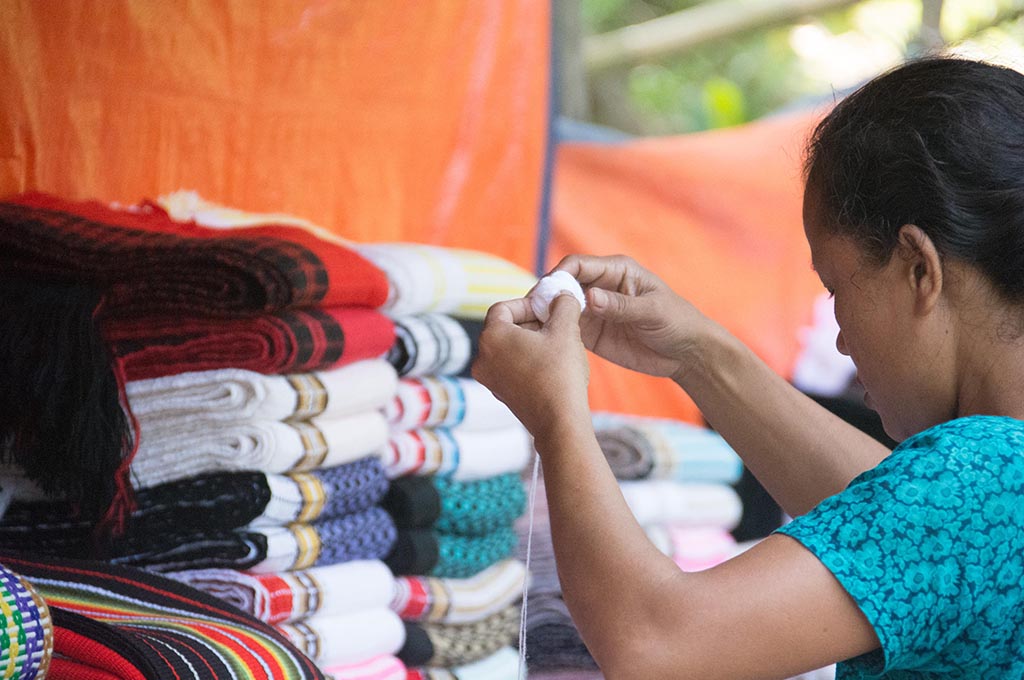
PROMOTING CLIMATE RESILIENT VALUE CHAINS
Drawing from over a decade of experience across the region in promoting and developing the value chains of mountain niche products in the HKH, ICIMOD has developed a framework to help guide pro-poor and climate resilient value chain development. This approach – based on key principles of sustainability, equitability, do-no-harm, and traditional knowledge – enables farmers and development workers to understand the entire market system and identify points along the chain that offer opportunities for farmers to improve market linkages and increase their share of benefits and income. In addition to improved competitiveness and income distribution, the framework suggests tools and processes to customize the value chain for the mountain context, and adopt gender inclusive and climate change perspectives to achieve a balance between pro-poor and pro-growth goals. This approach is being applied across initiatives at ICIMOD on a wide variety of mountain products, from yak in Pakistan and goat in Bhutan, to allo fiber and chyura soap in India and Nepal, to tourism, honey, and a range of non-timber forest products across the HKH.



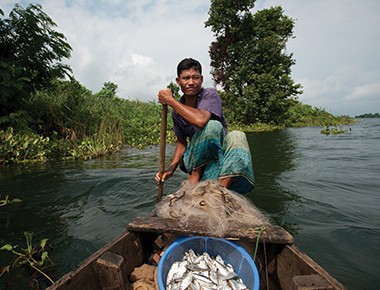







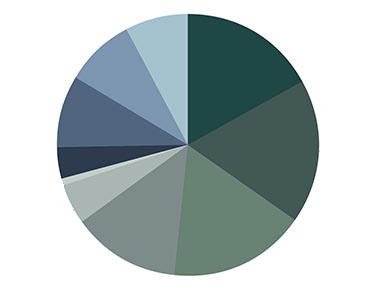


 David Molden, Director General, ICIMOD
David Molden, Director General, ICIMOD